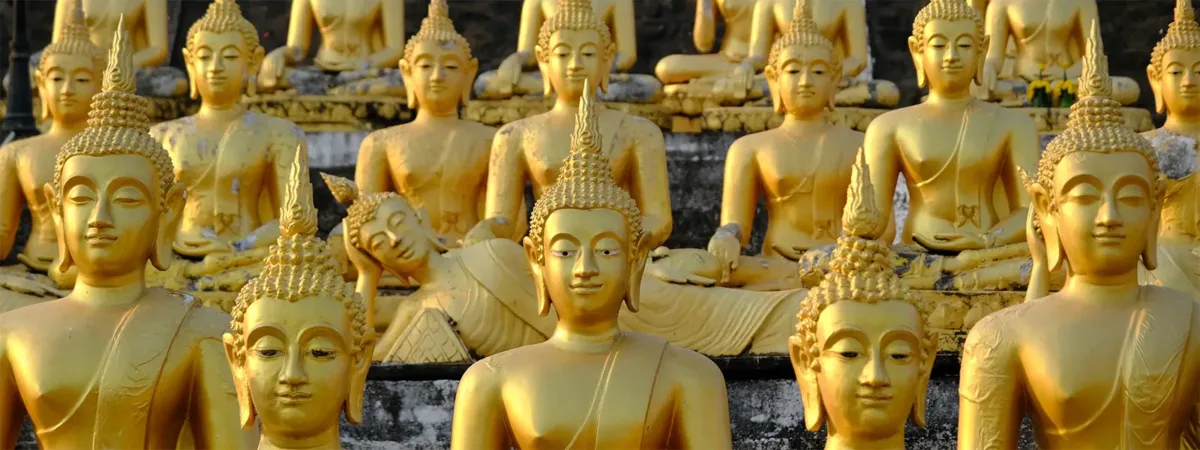

14
# Days

939
# Kilo-
meters
meters

1865
# Altitude
Difference
Difference

2
# Bike
Defects
Defects

1
# Night in
the Tent
the Tent

2
# Days without
Shower
Shower

14
# Days with
>50% Sunshine
>50% Sunshine

0
# kg
Chocolate
Chocolate












































































